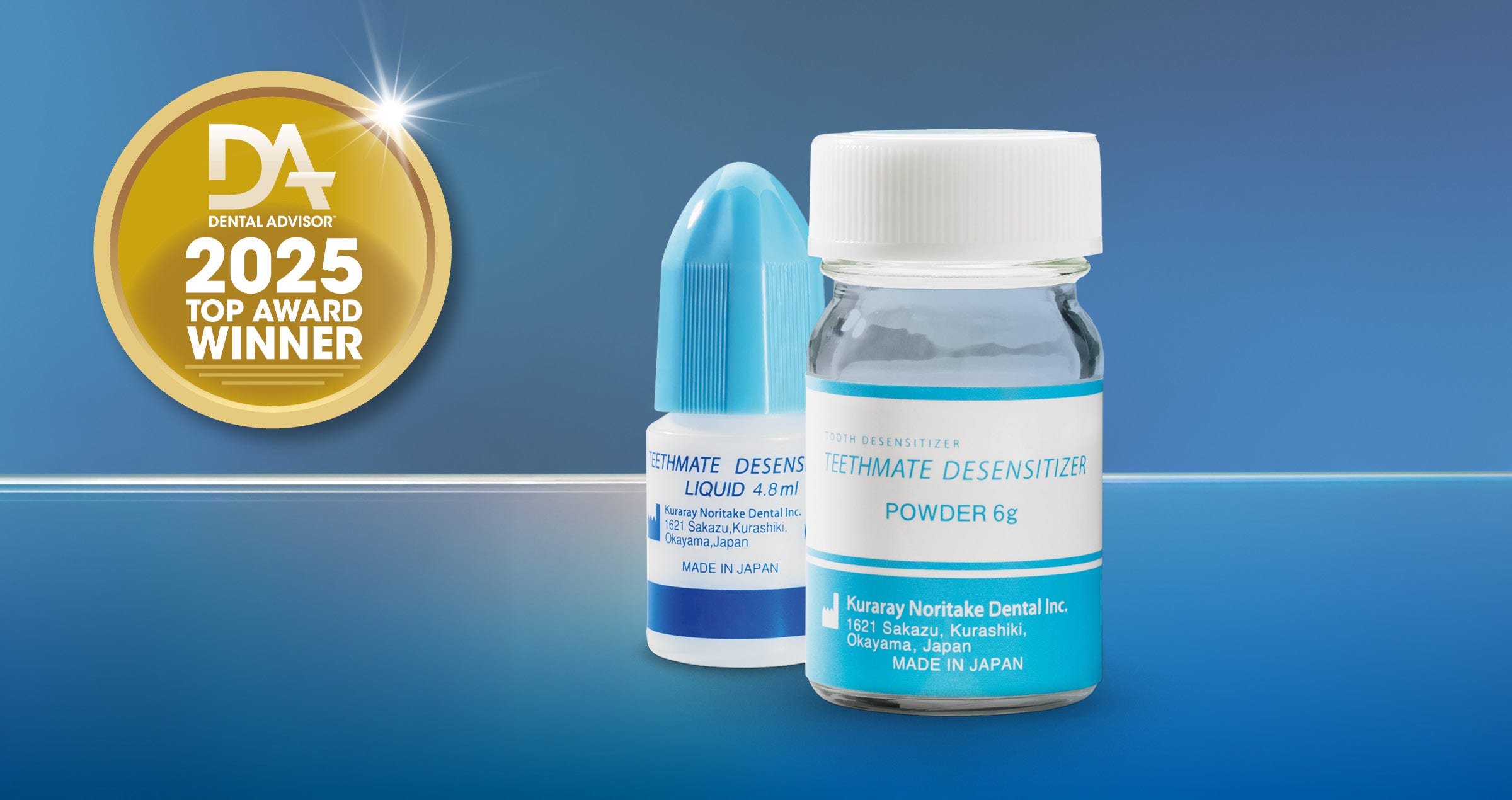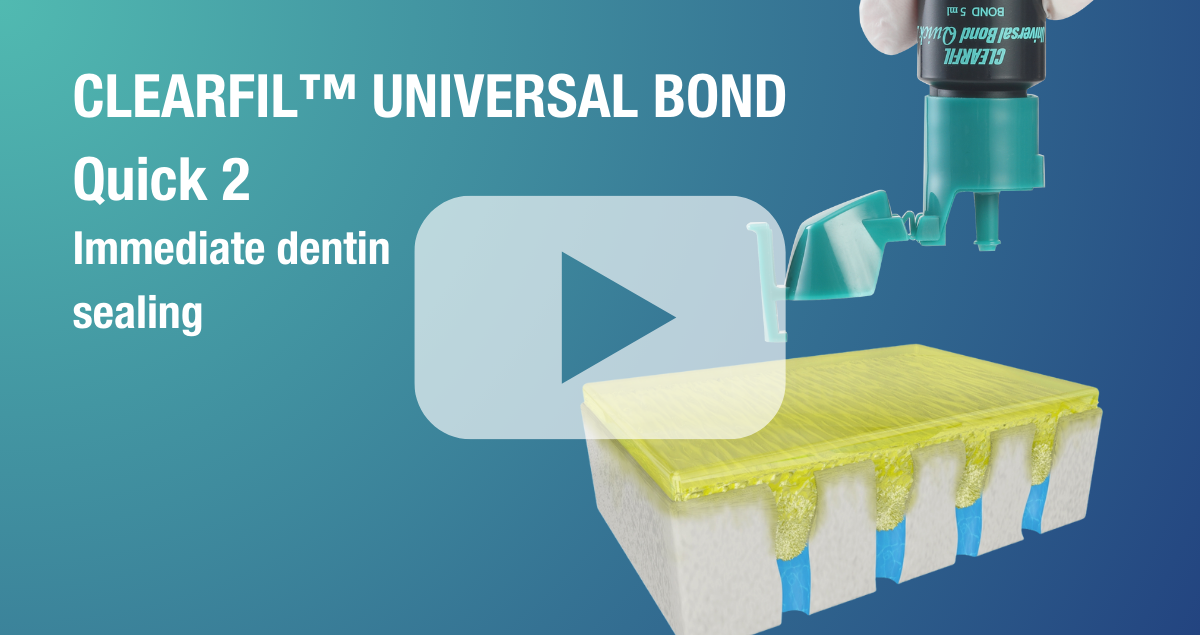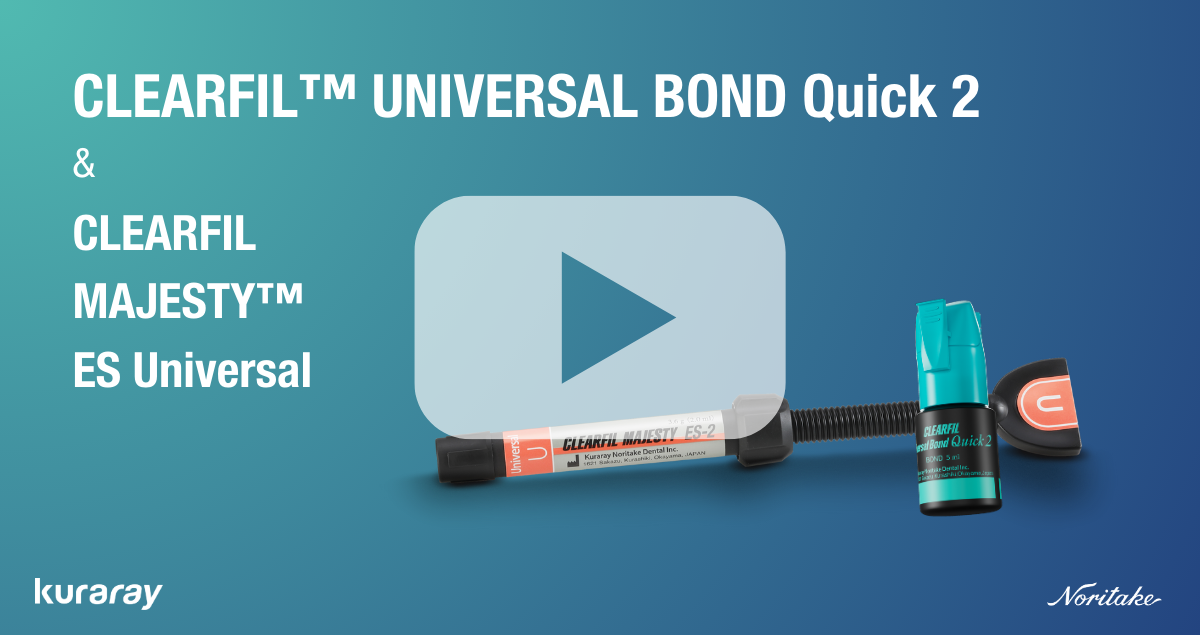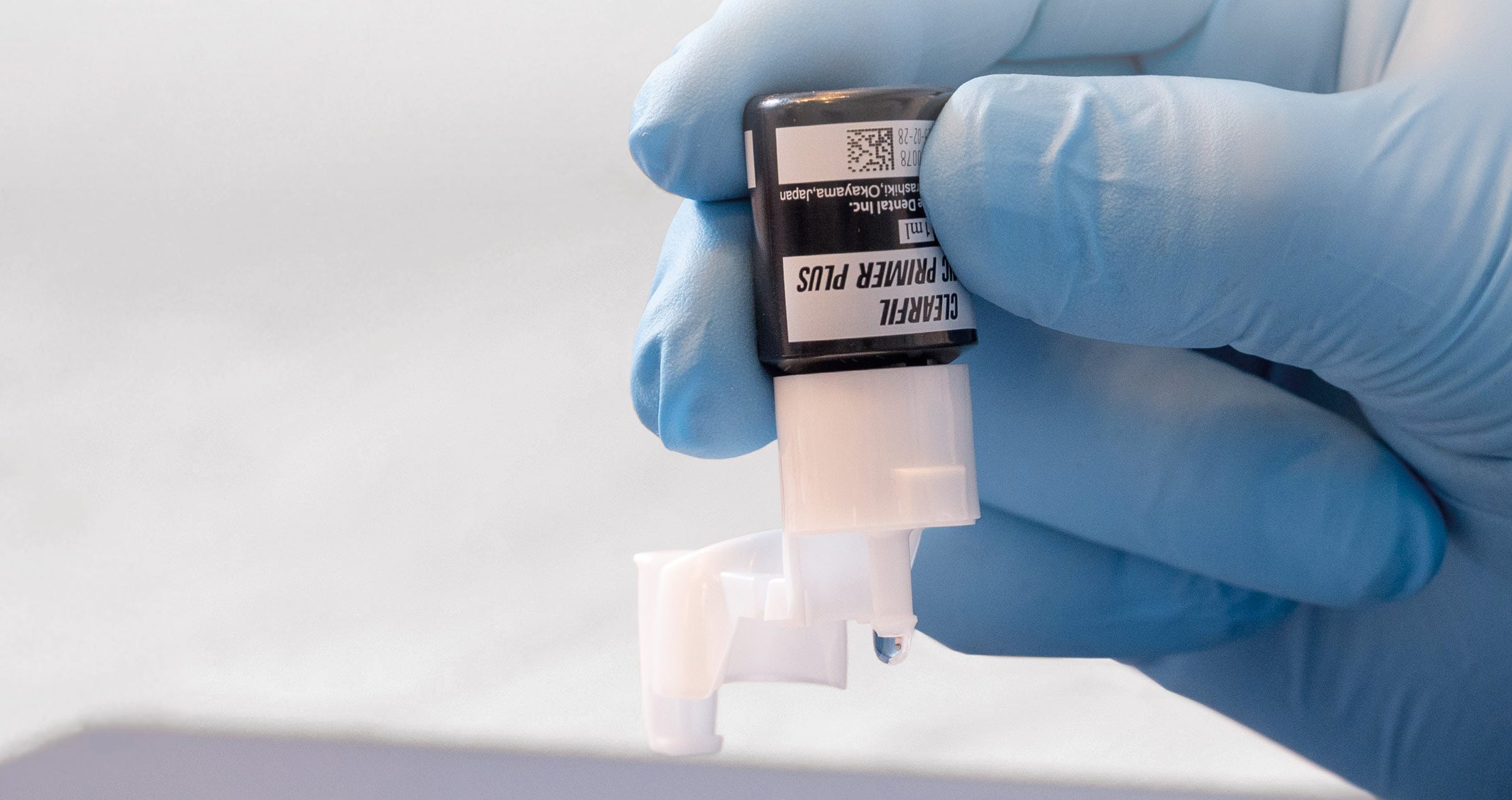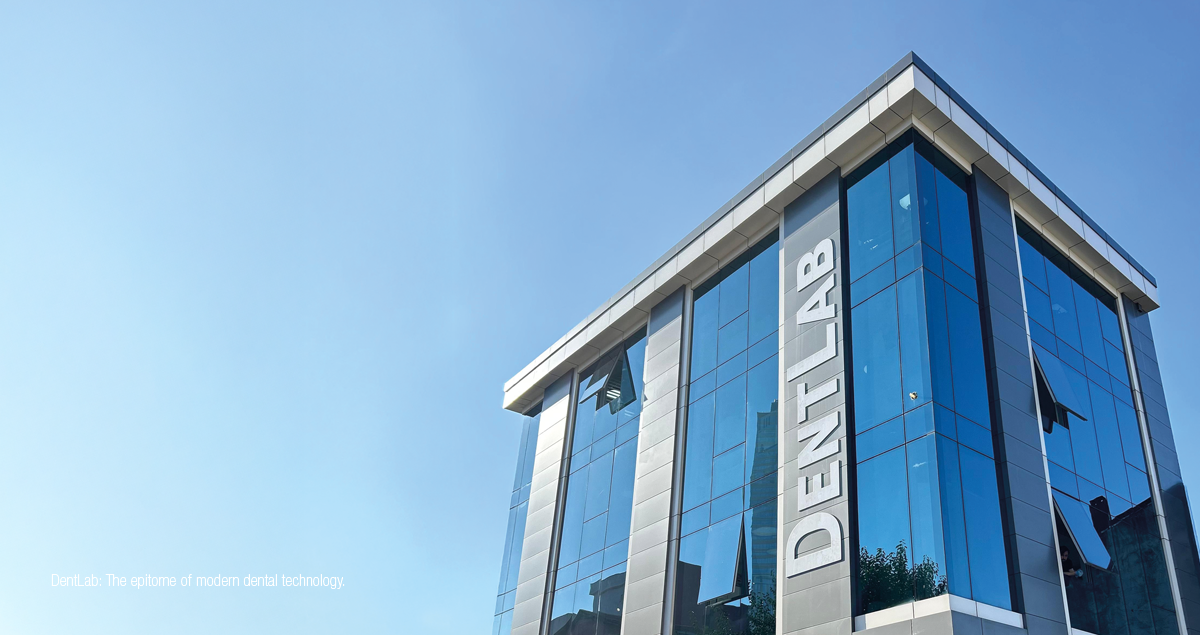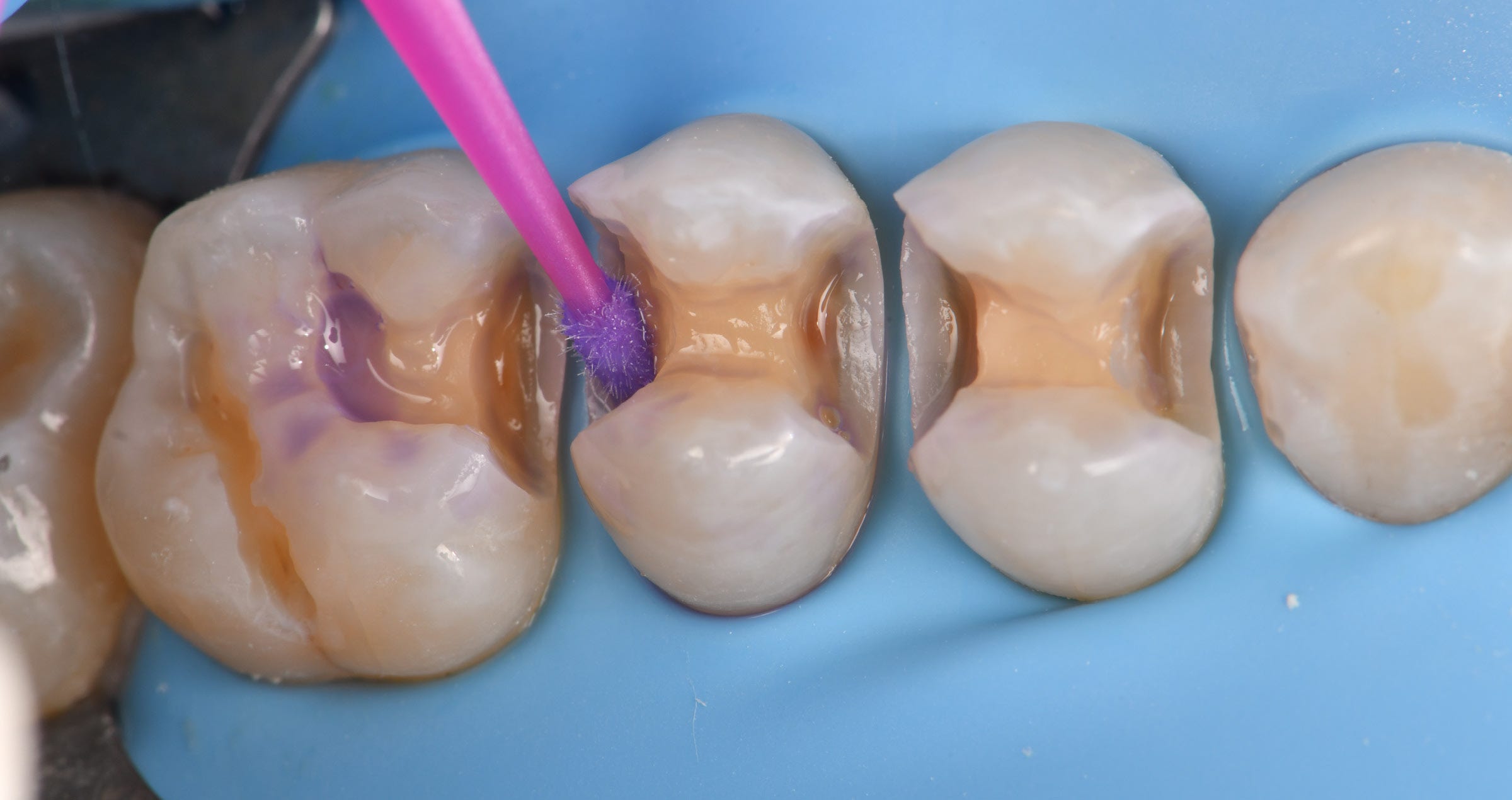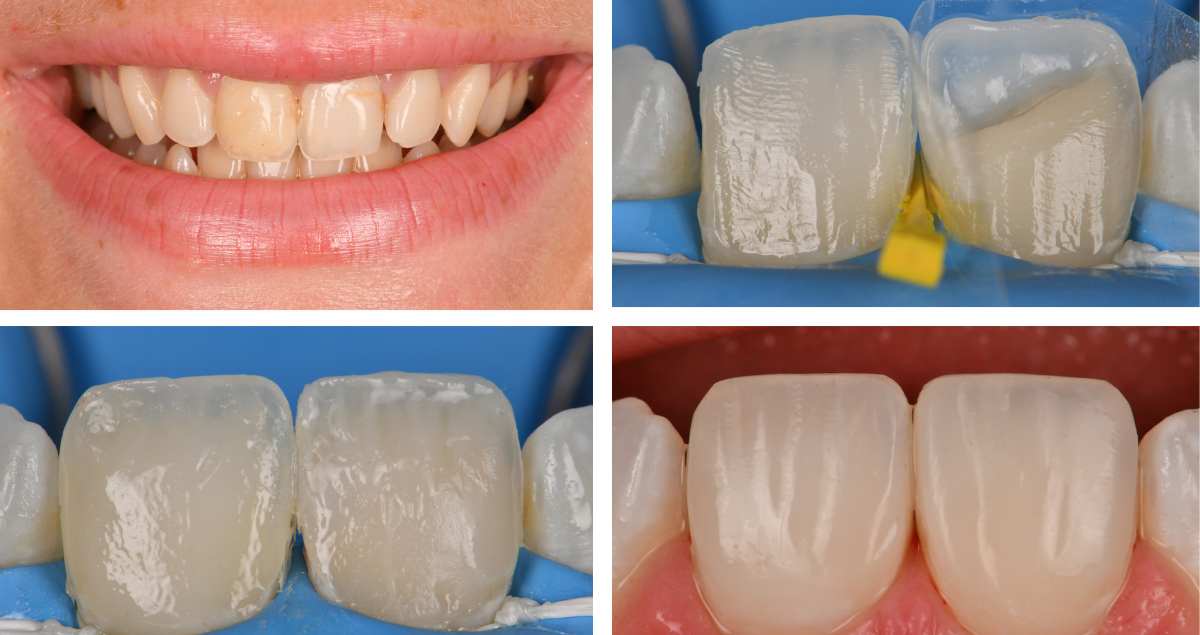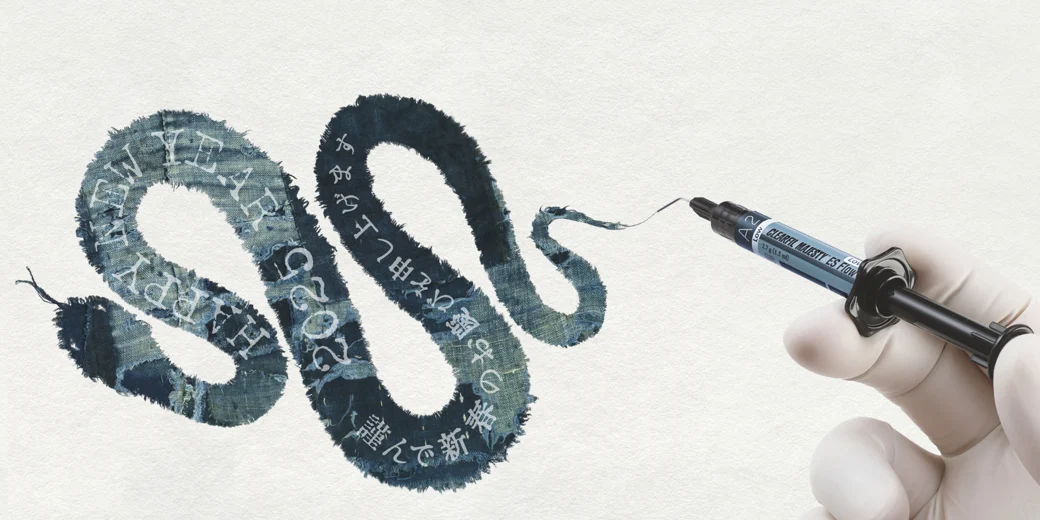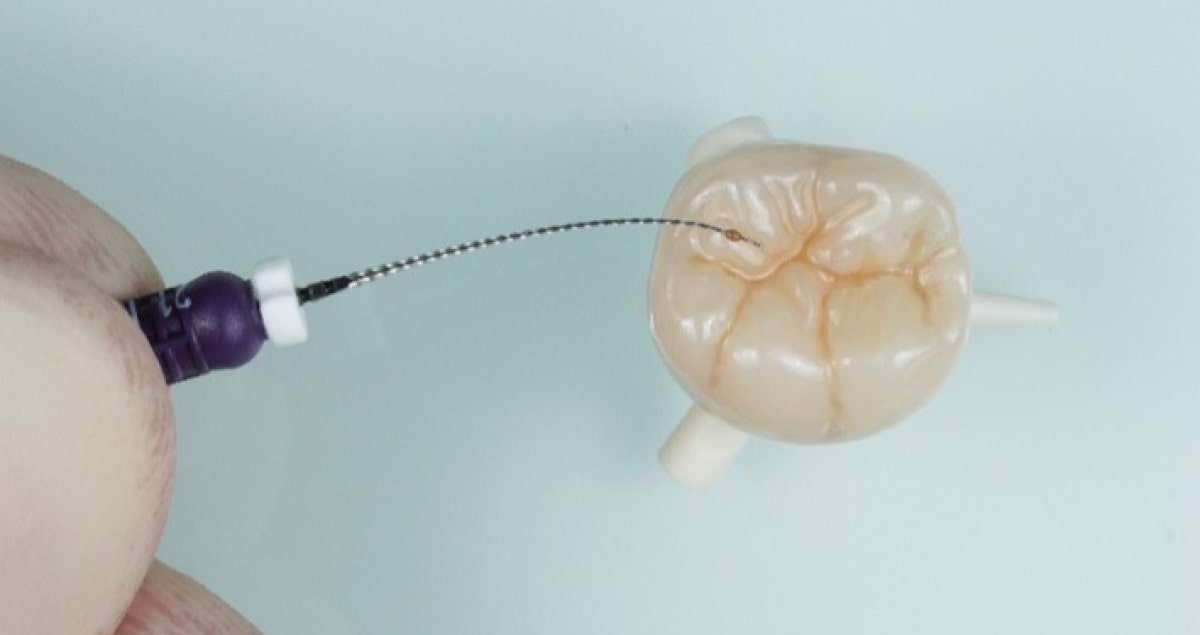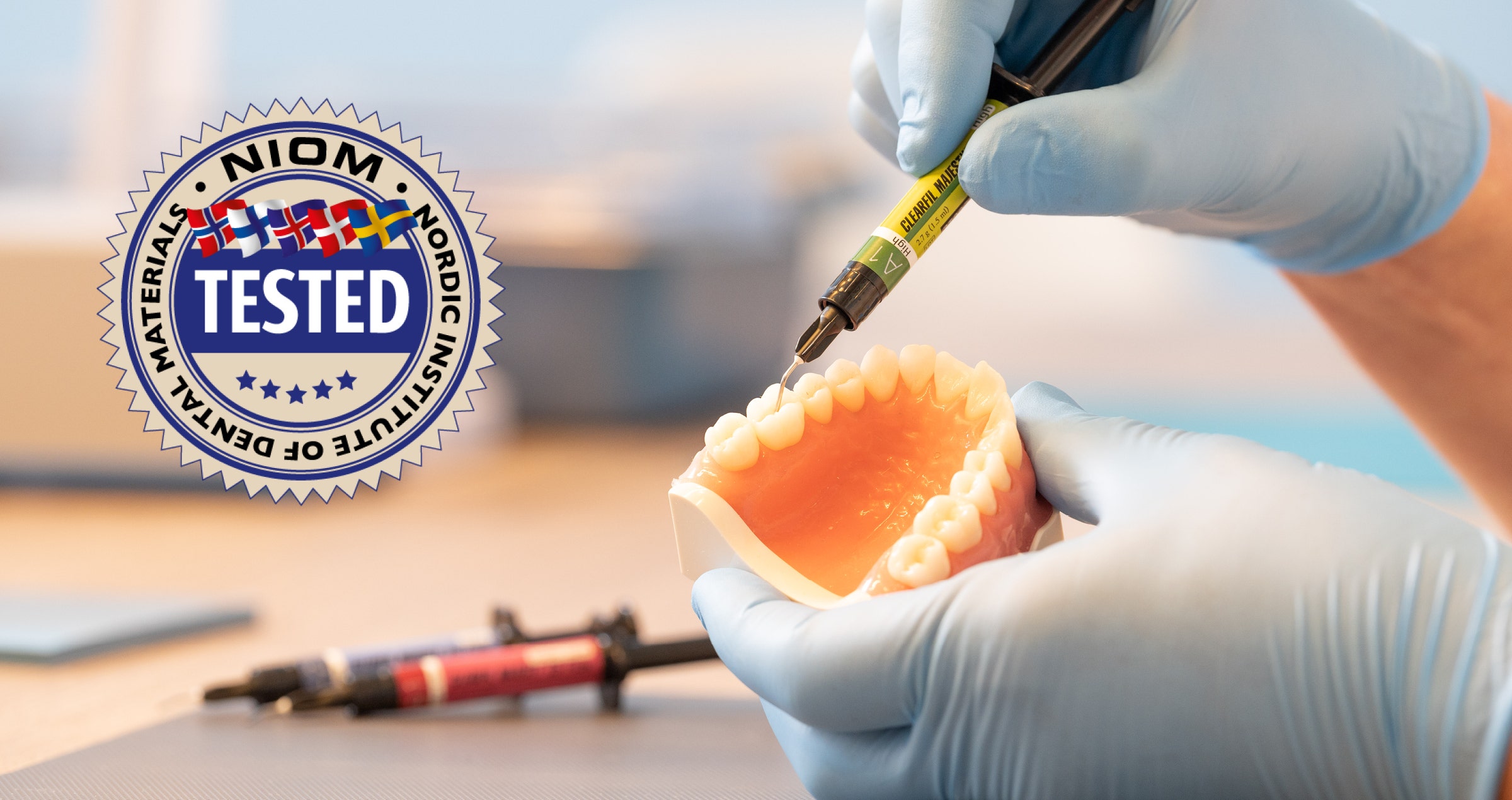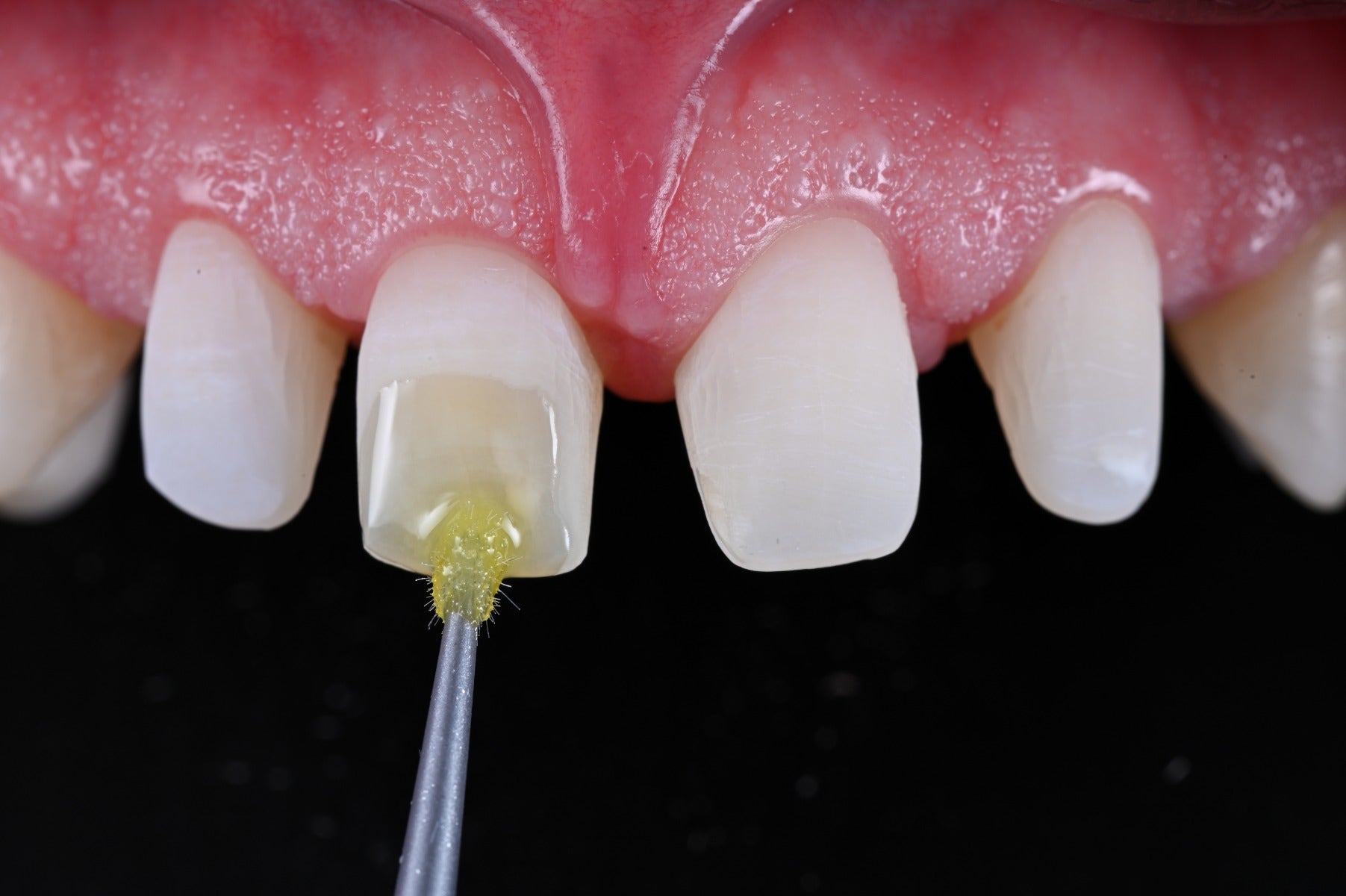No matter whether you are a dental practitioner or dental technician, there is one thing you surely want to avoid: failure of indirect restorations. While it is clear that on both sides, the use of high-performance materials and appropriate techniques will contribute to achieving the desired outcomes, there is one aspect that should generally be given more attention: proper communication and exchange of information between the dental practice and laboratory.
As a dental professional: Are you aware of the information and details your case partners need to know in order to achieve the best possible result regarding fit, function and aesthetics?
For both, dental practitioner and dental technician, it is essential to know what precisely the respective partner does need to produce the desired outcomes. Hence, if it is not clear what information is needed and how it should be delivered, it is essential to sit down with your partner and find out. The goal of this personal or virtual meeting should be the establishing of a standardized flow of information between your companies. The necessary information might differ depending on the complexity of the case, but most details are always the same.
During the meeting, it is essential to focus on every step in the procedure that benefits from interaction between the practice and laboratory. It starts after the patient’s initial appointment and ends when the restoration is in place. In the following sections, the required information for indirect restoration planning, possible ways of communication to provide for a healthy flow of required information and important details are listed.
Teamwork starts before the actual treatment
Most dental technicians know a lot about the different restorative materials available and their suitability for specific clinical situations. Leverage this knowledge by involving your partner early – ideally before tooth preparation. This is most important for complex reconstructions, but also relevant when a single tooth needs to be restored: The restorative material and restoration design (monolithic, cutback, framework) have an impact on the space required and hence on the amount of tooth structure that needs to be removed. Aiming to opt for the least invasive treatment possible, it is essential that tooth preparation is limited to the necessary minimum.
INFORMATION IMPORTANT FOR MATERIAL SELECTION AND TREATMENT PLANNING INCLUDES:
|
The better the records, the better the fit of the final restoration
When it comes to taking records of the initial situation and the situation after tooth preparation, dental practitioners are often confronted with challenges. Limited mouth opening, a lack of time, or difficult moisture conditions are only some of the numerous factors that might prevent a clinician from taking a precise impression and bite registration. Nevertheless, it is decisive for the work in the dental laboratory to receive accurate records with all the necessary details such as the preparation margin. Understanding what exactly a dental technician needs to deliver a precisely fitting restoration will surely have a positive impact on the motivation to get the records right from the start, independent of the challenges.
INFORMATION IMPORTANT FOR THE PRODUCTION OF THE RESTORATION INCLUDES:
|
Personally seeing the patient provides valuable additional information on a patient’s facial characteristics, on the status and appearance of the teeth and on their internal colour structure. These details can support a dental technician optimally in producing true-to-life dental restorations.
Structured try-in feedback facilitates targeted adjustments
Whenever try-in reveals that adjustments are required, well-structured feedback is important. It helps modify the restorations exactly as desired, hence avoiding additional appointments and wasting time in the practice and laboratory.
INFORMATION IMPORTANT FOR TARGETED ADJUSTMENTS AFTER TRY-IN INCLUDES:
|
“Digitalization has made physical distance irrelevant, and we are able to deliver high-quality restorations even if the patient is hundreds of miles away”
- Dr Efe Celebi -
Placement recommendations are a basis for long-term successType of restorative material, flexural strength and restoration geometry: Many factors have an impact on how to pre-treat and cement an indirect restoration. While (self-)adhesive luting is usually the preferred placement method for highly-aesthetic restorations, the ones produced from high-translucency zirconia need to be treated differently from those made of lithium disilicate. Knowing the details about the selected restorative material, the dental technician should inform the practitioner about the measures to be taken in the dental office. |
INFORMATION IMPORTANT FOR THE CEMENTATION OF THE RESTORATION INCLUDES:
|
How to standardize
There are many possible ways to standardize the flow of information between the dental practice and laboratory. Depending on the individual preferences and established workflows, a personal or digital approach may be selected. Those preferring a personal approach will possibly want to develop paper forms for some steps, while relying on personal interaction for others. The digital approach uses a combination of digital imaging technologies, case management software and communication platforms to exchange relevant information.
A personal approach
At the Laboratorio odontotecnico Castellano in Bologna, Italy, the team around Vincenzo Castellano pursues the approach of personally seeing almost every patient prior to treatment planning. The laboratory technicians’ opinion is determinant for the treatment plan to be developed. Their partner practitioners value their expertise in restorative materials and digital technologies, which are evolving very quickly. The team is simply able to tell which material to choose in a specific situation to best manage the expectations of the patient and the functional needs. “Determining the restorative material in this early phase is very important, as its mechanical parameters (minimum wall thickness etc.) have an impact on the preparation design and depth. In fact, patients are always happy if they are able to meet the dental technician who produces their restorations, and – already well-informed by their dentist and the internet – often seize the opportunity to gather additional information about their planned treatment”, Vincenzo Castellano states.
Also, during subsequent appointments like try-in, the responsible dental technician is present to evaluate the situation and gather feedback from the patient directly. In his laboratory, online meetings conducted with patients substitute personal meetings only when this is the only way to enable personal interaction, as – in his opinion – personal meetings always deliver more details important for a great outcome. He says: “The most important approach to the patient is the human one. When using advanced digital technologies, we risk standardizing protocols to the extent that we forget there is an individual in front of us, with their own unique characteristics and wishes, entrusting us with their most precious asset: their smile.”
A digital approach
A perfect example of a laboratory with a purely digital approach is DentLab, a Turkish dental laboratory founded in 2015 by Dentgroup, Turkey’s largest Dental Service Organization (DSO). Its founder Dr Efe Celebi and his team have developed a special lab module for the group’s own practice management software, DentSoft. The module allows dental professionals to submit their orders electronically by using online forms and adding digital image data such as X-rays, intraoral scans, face scans and photographs. Users are able to see at a glance which data and information is strictly required. If desired, a user even receives procedural guidance: Specific devices like intraoral scanners, procedures and materials are recommended.
Once an order is submitted, the software sends a delivery date notification, so that the next appointment can be scheduled right away. Then, the incoming order is checked. Whenever some details are missing, the practice is contacted via a chat function in the software. Orders with incomplete or inaccurate data are rejected. A feedback function allows the technician to specify what needs to be repeated, improved or modified. Once accepted, the ordered items are produced and shipped to the office in a trackable box. It arrives with pre-treatment and cementation recommendations. Whenever necessary, patient feedback at try-in can be recorded on video or discussed live in a virtual meeting. “Digitalization has made physical distance irrelevant, and we are able to deliver high-quality restorations even if the patient is hundreds of miles away,” says Dr Efe Celebi. To facilitate improvement in the dental laboratory, the software has a case evaluation function that allows dental practitioners to evaluate the fit, function and look of every restoration.
“The most important approach to the patient is the human one. When using advanced digital technologies, we risk standardizing protocols to the extent that we forget there is an individual in front of us, with their own unique characteristics and wishes, entrusting us with their most precious asset: their smile.”
- MDT Vincenzo Castellano -
Conclusion
By establishing a well-structured, standardized and bidirectional flow of information between the dental office and laboratory, it is possible to improve the overall quality of prosthodontic treatments. It can be implemented with the aid of existing workflow management software, or set up according to individual demands using paper forms and personal meetings.
Anyway, sitting down together to discuss the topic of communication in a personal or virtual meeting has additional advantages, as it will help everyone involved develop a better understanding of the procedures carried out and challenges faced by their respective partner in the busy work environment. With this knowledge, it becomes easier to build a strong relationship that grows from mutual feedback and advice promoting common strategies for improvement. The result will be more streamlined work processes with less stress, higher-quality outcomes and happier patients.
We would like to express our gratitude to MDT Vincenzo Castellano and Dr Efe Celebi for sharing their individual approaches and the thinking behind them.
| MDT Vincenzo Castellano | Dr Efe Celebi |


